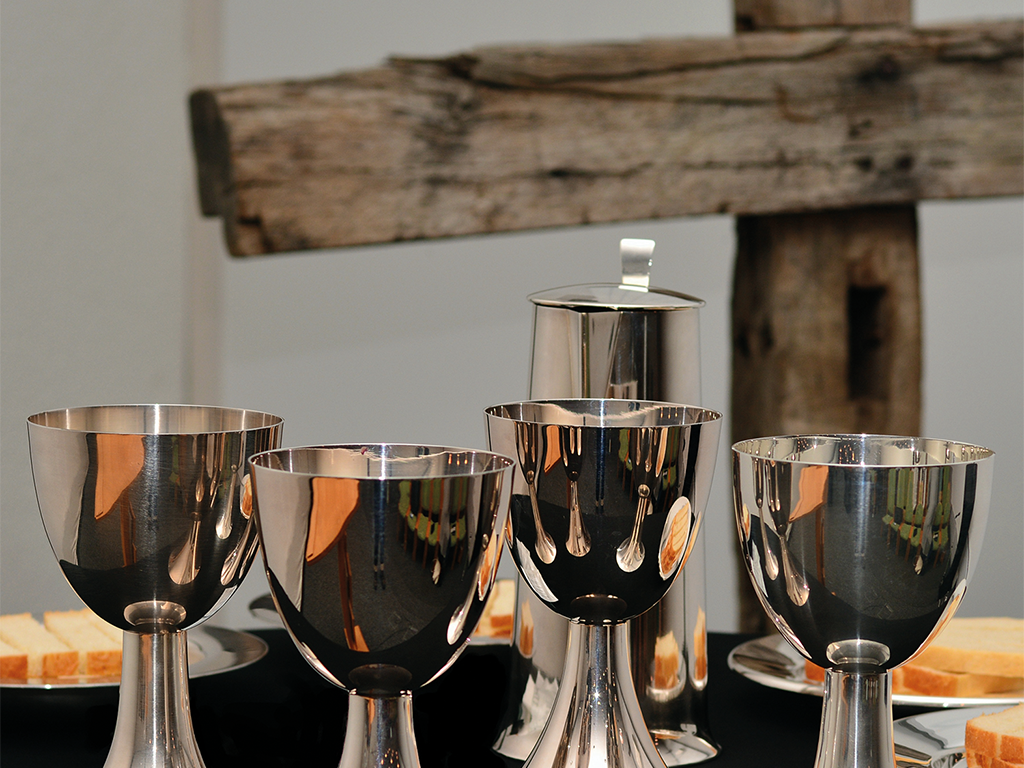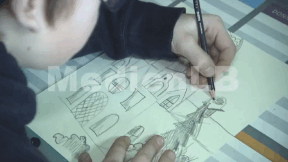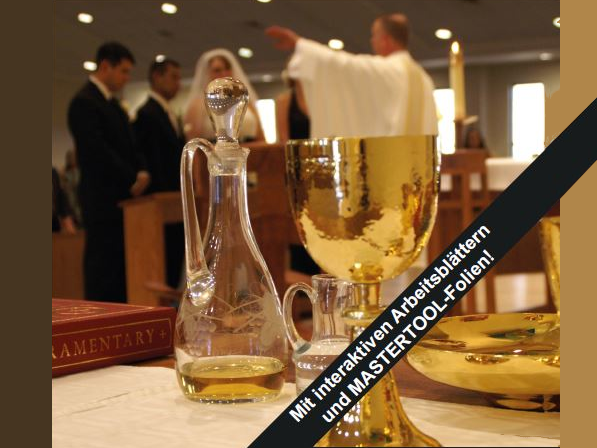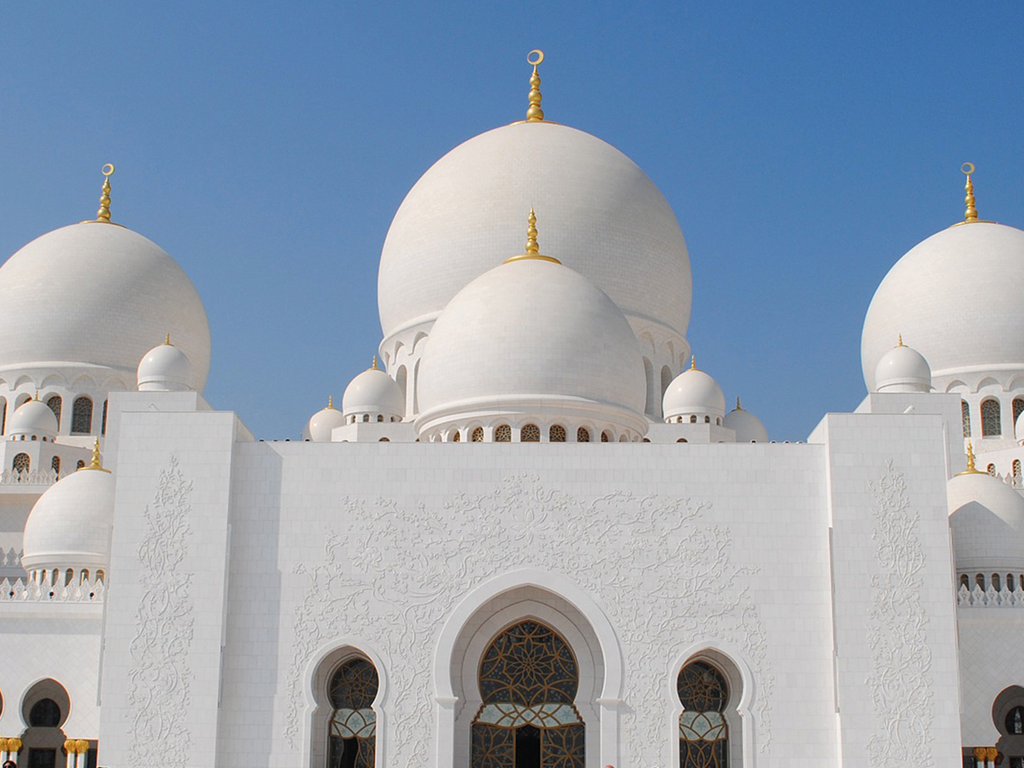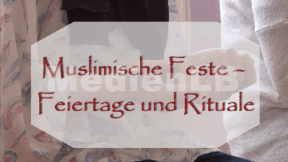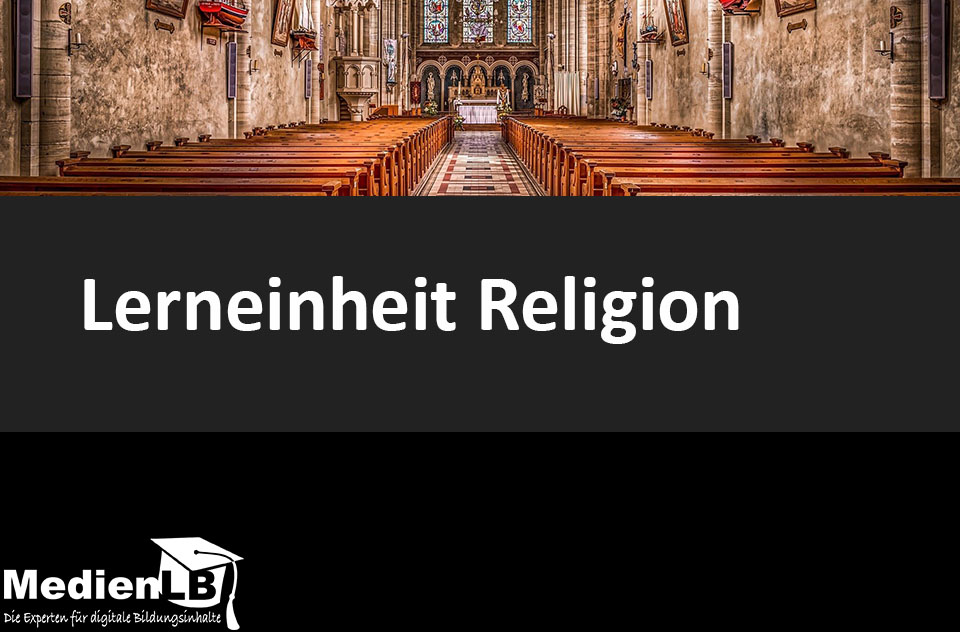

55503546
Was ist eine Kirche?
Für den Unterrichtempfohlen
In 10 interaktiven Aufgaben werden die Besonderheiten katholischer und evangelischer Gotteshäuser erklärt und anschließend abgefragt.
Das Medium bietet H5P-Aufgaben an, die ohne zusätzliche Software verwendbar sind.
Durch interaktive Aufgabentypen wird das audiovisuelle und interaktive Lernen einfach.
Lernen macht jetzt Spaß!

Included Tasks
- I Was ist (eine) Kirche? - Interaktive Aufgaben
- Warum gibt es Kirchen? - Video und Interaktive Aufgaben
- Kennst du diese Gegenstände in der Kirche? - Interaktive Zuordnung
- Kreuz; Altar und Orgel und ihre Bedeutung - Interaktive Infokarten
- Katholisch; Evangelisch; Ökumenisch - Interaktive Aufgaben
- Gemeinsamkeiten Katholisch & Evangelisch - Interaktive Aufgabe
- Kirche: Das Gebet - Interaktive Aufgaben
- Weiteres Kirchenwissen - Definitionen interaktiv
- Kirchenquiz - Interaktives Kreuzworträtsel als Test
- Spiel: Symbole in der Kirche - Finde die Bildpaare
- II Liturgie - Video und Interaktive Aufgaben
- III Jahreskreis der Kirchenfeste & Jahreszeiten - Infotafel zum Anklicken
- IV Der Weihnachtskreis - Interaktive Aufgaben
- V Der Osterkreis - Video und Interaktive Aufgaben
- VI Das Pfingstfest - Video & Interaktive Aufgaben
- VII Zeitliche Reihenfolge der Kirchenfeste - Zuordnungsaufgabe
- VIII Exkurs: Feste in anderen Religionen - Interaktiver Dialog
- IX Festtagswissen - Interaktive Lernstandkontrolle
- X Spiel: Suchsel - Finde die Kirchenfeste
Curriculum-centred and oriented towards educational standards
Matching
Confirmation
This was Benjamin, aged four months, at his baptism. This is Benjamin today, aged 13. He will soon receive his confirmation. What does that mean? Benjamin has been baptised as a Protestant. The word “confirmation” originates from the Latin word “confirmare” and means “to confirm”. By your confirmation, your Christian belief in God is confirmed.
Sacraments
The Sacraments – they are the visible and audible signs of the invisible workings of God on man. Often they occur at transitions and significant life events such as birth, admission into the community of Christians, growing up. These are the Sacraments of Initiation. In addition, there are the Sacraments of States of Life. They are administered for the decision to enter upon a lifelong companionship or a lifelong service in the Church. And finally, there are the Sacraments of Healing. The word "sacrament" comes from Latin and means: holy sign or also way of salvation.
Muslim Festivals
Meryem and Rabia at midday prayer with their parents. Normal daily routine for them because they belong to the almost five per cent of the German population who are of Muslim faith. They have, like most Christians, too, very special feasts, rituals and holidays. We are going to accompany them and other Muslim families on these festivals.




